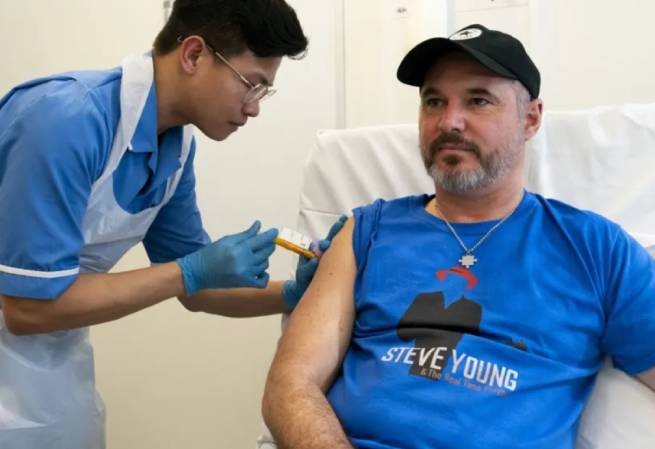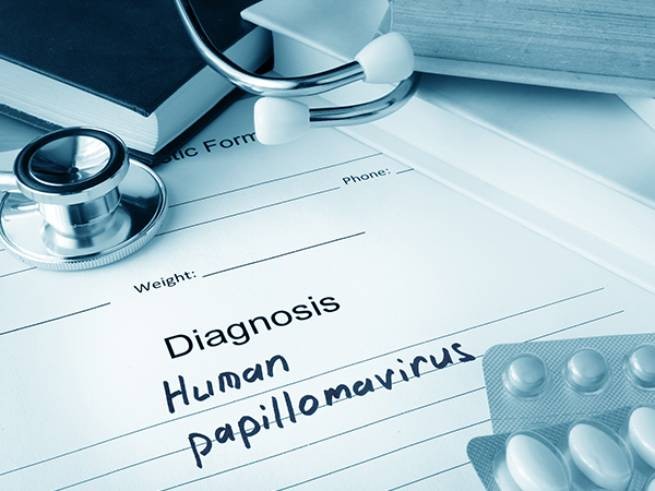IARC has declared January 2024 a month to raise awareness of the causes of cervical cancer, and will publish the results of the latest research on social networks and talk about ways to prevent and treat the disease.
The International Agency for Research on Cancer notes that cervical cancer is the fourth most common type of cancer in women worldwide, killing three hundred thousand women every year. writes Air Force.
HPV vaccination
Scientific research shows that the human papillomavirus (HPV) vaccine reduces the incidence of cervical cancer by almost 90%. It protects against nine types of HPV, two of which are responsible for almost all cervical cancers (99%), most anal cancers (90%) and some genital cancers (65% of uterine cancers and 50% of vulvar cancers). and head and neck cancer* (65-90%).
Studies have shown that the vaccine protects against human papillomavirus infection for at least 10 years, although experts say protection may actually last longer.
The HPV vaccine is most effective if given before sexual activity begins. The vaccine is more effective if given before the first HPV infection. It can prevent infection, but cannot rid the body of the virus after infection, since there is currently no effective therapy for it.
Human papillomaviruses are very common, and by the age of 25, up to 80% of people are exposed to them. Experts recommend immunization before young people become sexually active. The World Health Organization recommends giving the vaccine in one or two doses, and people with weakened immune systems are recommended to be vaccinated two to three times.
Human papillomaviruses – what are they?
Scientists now know 200 types of HPV. For most, the infection occurs unnoticed, without symptoms, and does not cause problems. In 90% of people, the body is able to control the infection on its own. However, some types of the virus have a high cancer risk and can cause the formation of genital warts on the mucous surfaces of the body and/or cancer.
Cervical cancer is caused by long-term and persistent infection with high-risk HPV types. It can also cause cancer of the vulva, vagina, throat, penis and anal canal. HPV causes approximately 5% of all cancers worldwide. WHO estimates that 625,600 women and 69,400 men develop cancer caused by this infection each year.
How does infection occur?
Prophylactic vaccination against HPV can prevent the types of cancer it causes. Also, preventive examinations and treatment of precancerous changes in the body are an effective way to prevent cervical cancer.
Diseases caused by HPV are not sexually transmitted infections (STIs), since they are transmitted through any contact, not just sexual contact, unlike diseases such as gonorrhea, for example. But most often, infection still occurs during sexual contact. The infection can also spread:
- through fomites (objects contaminated with pathogenic microbes and viruses),
- when shaking hands through microcracks in the skin,
- from the pregnant mother to the fetus through the amniotic fluid and placenta,
- during childbirth through contact with the woman’s mucous membrane.
To date, there is no evidence to support the possibility of infection through water, although HPV DNA has been detected in aquatic environments. Conventional hygiene practices are not effective in preventing HPV infection.
Prevalence of cervical cancer
According to WHO, 90% of deaths from cervical cancer occur in low- and middle-income countries. The disease is treatable in its early stages, but in these countries it is usually detected only after symptoms appear, making recovery unlikely.
The highest prevalence of cervical cancer is in sub-Saharan Africa (24%), followed by Latin America and the Caribbean (16%), Eastern Europe (14%), and Southeast Asia (14%). The reason is the absence or low coverage of the population with preventive examinations, limited access to medical services, fear or mistrust of vaccination.
Although the vaccine significantly reduces the likelihood of developing cervical cancer, it does not protect against all types of HPV. That is why regular preventive examinations of women over 25 years of age are so important.
The World Health Assembly (WHA, WHO’s governing body) adopted the Global Strategy to Accelerate the Elimination of Cervical Cancer as a Public Health Problem. Her goals:
- Vaccination of 90% of girls with the HPV vaccine by age 15.
- Preventative screenings and testing for 70% of women by age 35 and follow-up screenings by age 45.
- Providing treatment to 90% of women with diagnosed cervical cancer and 90% with identified precancerous changes.
WHO intends to update and adjust the strategy to combat cervical cancer in accordance with the latest medical evidence.
*Head and neck cancer is a term used to describe a number of different cancers that develop in or in the throat, larynx, nose, sinuses and mouth. Most head and neck cancers are squamous cell carcinomas.







More Stories
UK: human trial of melanoma vaccine started
ProNews: The government is methodically destroying the healthcare system in order to transfer it to the private sector
May Day strikes throughout Greece, operating hours of public transport are limited to the maximum (additions are being added)